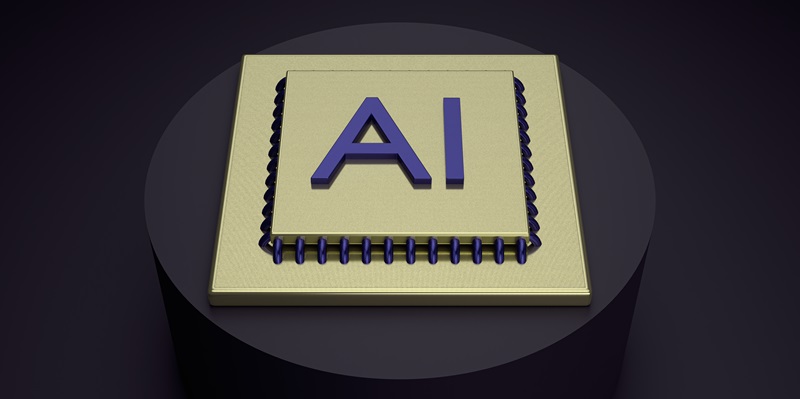Advancements in robotics have led to the development of various specialized robots, each designed for specific tasks. However, the key to creating a generalist model that can control different types of robots, follow diverse instructions, perform basic reasoning about complex tasks, and generalize effectively lies in building a dataset of diverse robot demonstrations. This article explores the significance of a diverse dataset and its implications for the future of robotics.
Consideration of Future Consequences
As robotics continues to progress rapidly, it is essential to contemplate the potential consequences of these advancements. With each passing year, we witness remarkable achievements in the field. This prompts us to ask ourselves, “Assuming that this trend continues, what are the consequences we can expect?” By anticipating the outcomes, we can better understand the future landscape of robotics and prepare for the challenges and opportunities it presents.
A Solution for Generalized Grasping
One significant breakthrough in robotics is the application of machine learning to solve the problem of generalized grasping. Historically, grasping objects with a robot has been a complex task that required specific programming and careful calibration. However, for the first time, machine learning and AI have been utilized to effectively address this challenge. This approach demonstrates the transformative power of incorporating machine learning techniques into robotics.
Evolution of Robotics Expertise
The field of robotics has come a long way from being highly specialized and requiring different sets of expertise for each task. Previously, every aspect of robotics was highly customized, with robots being tailored for specific applications. However, this approach is changing. Robotics is now evolving to embrace a more diverse range of expertise and skills, reflecting the growing complexity and interdisciplinary nature of the field.
Bespoke Robots vs. Generalist Models
While generalist models hold immense potential for controlling various robots and achieving a wide range of tasks, bespoke robots have seen more success thus far. These specialized robots have been optimized for specific applications, delivering exceptional performance within their designated scope. The prevalence of bespoke robots can be attributed to their ability to address specific challenges effectively. However, the future lies in striking a balance between specialized robots and generalist models to maximize efficiency and adaptability.
The central role of generative AI
Generative AI is poised to play a central role in the future of robotics. Language models, which are a significant part of generative AI, do not solely focus on language; rather, they are about common sense reasoning and understanding of the everyday world. Integrating generative AI into robotics allows for the development of agents capable of common sense reasoning, thereby enabling advanced problem-solving and decision-making in complex environments.
Integrating common sense reasoning and perception
To address the challenges in robotics effectively, it is crucial to develop robotic agents that possess both common sense reasoning and perception capabilities. Having an agent that can reason about the world and understand it in a simulated environment, alongside its perception abilities, is essential. This integration facilitates enhanced decision-making and problem-solving, enabling robots to operate more autonomously and adapt to varying tasks and scenarios.
Bridging the simulation-to-reality gap
Simulations have proven to be invaluable tools in robotics for testing and training purposes. However, there exists a significant challenge in bridging the gap between the simulated environment and physical reality. The effectiveness of a robot in simulation does not always directly translate to real-world performance. Overcoming this simulation-to-reality gap is crucial for robotics to make significant advancements. Researchers and engineers are actively exploring strategies to minimize the disparities and improve the transferability of robotic skills from simulation to the physical world.
Exploring alternative approaches to physics simulation
Rather than relying solely on physics simulators, novel alternatives are emerging in the form of image generation or generative models. By generating realistic images or utilizing generative models, it becomes possible to simulate physical interactions without the need for complex physics simulations. This approach offers the potential for more efficient and scalable training of robotic models. By leveraging these alternative approaches, researchers can save computational resources while maintaining high fidelity in training generalist robot models.
Building a diverse dataset for robot demonstrations is a critical step toward training generalist models capable of controlling different types of robots, reasoning about complex tasks, and generalizing effectively. As robotics progresses, careful consideration of the future consequences and advancements in generative AI will be instrumental. Moreover, integrating common sense reasoning and perception, as well as bridging the simulation-to-reality gap, will unlock new possibilities. With alternative approaches such as image generation and generative models, the future of robotics looks promising. By embracing these advancements, we can pave the way for a new era of versatile and intelligent robots.

